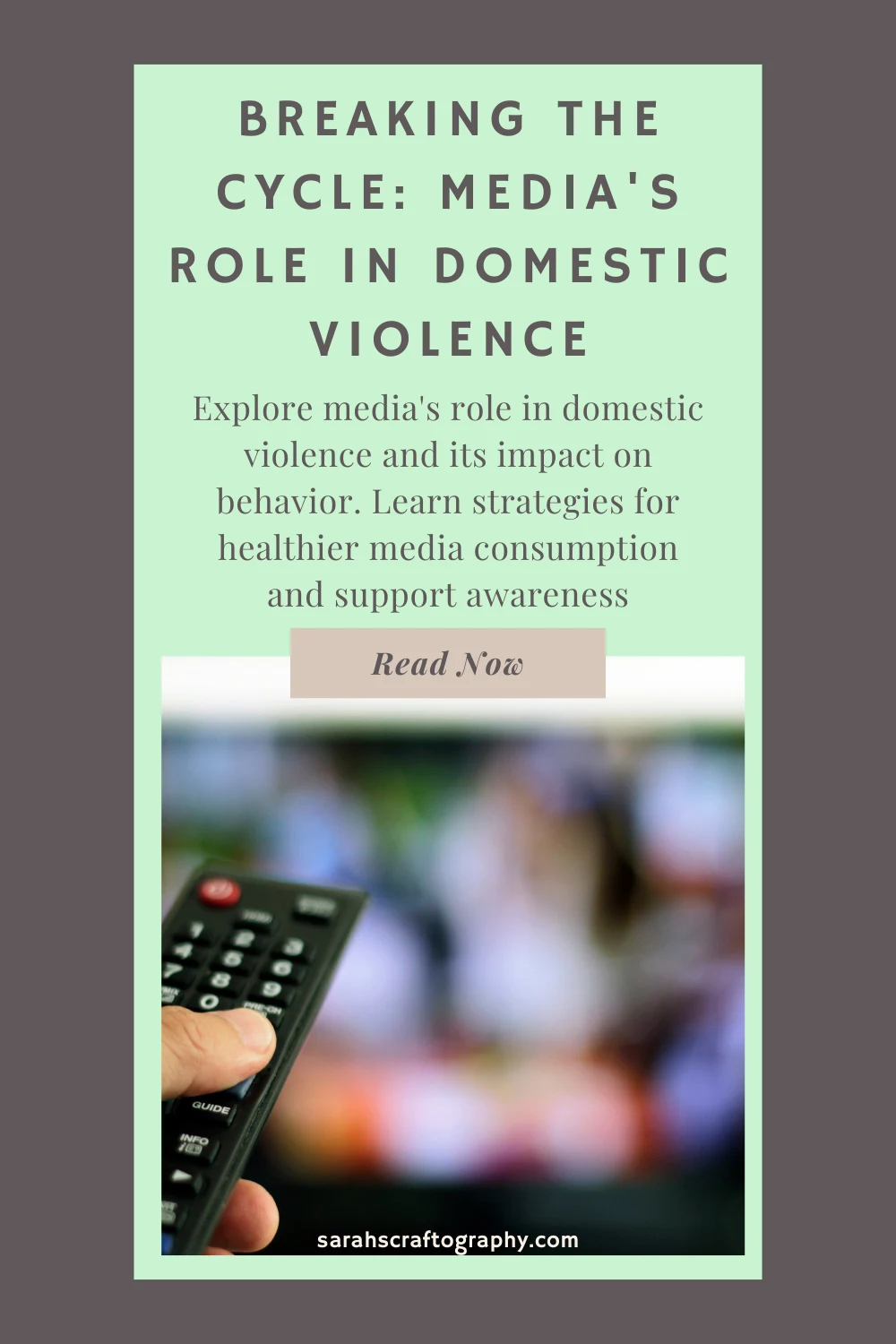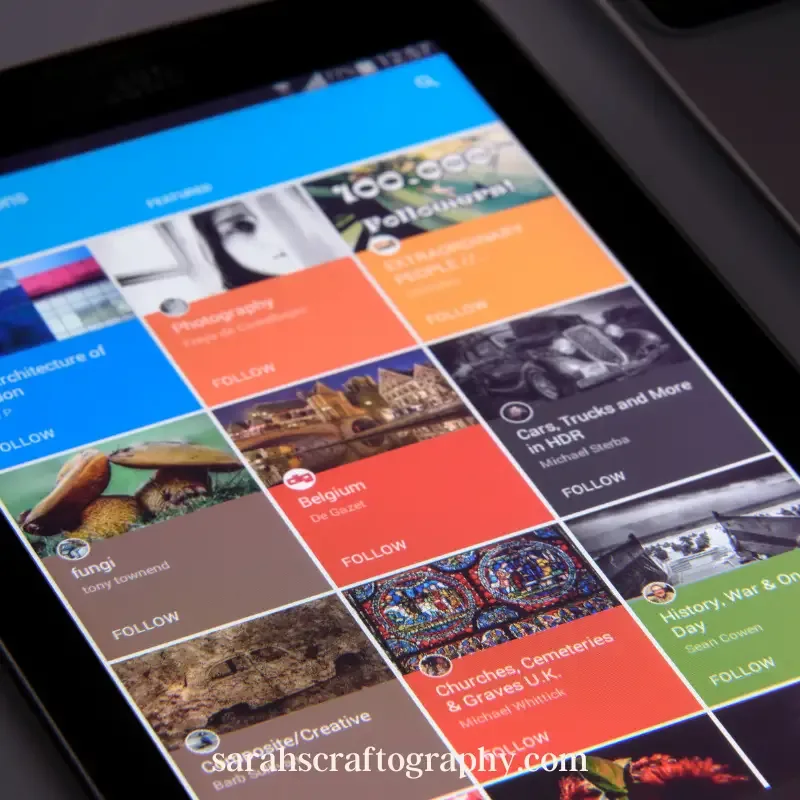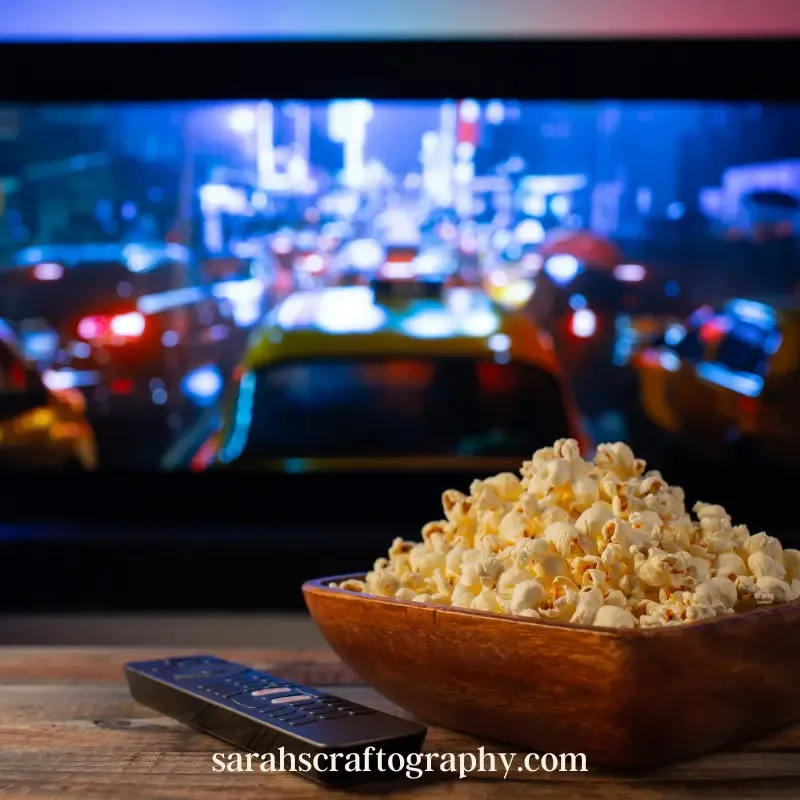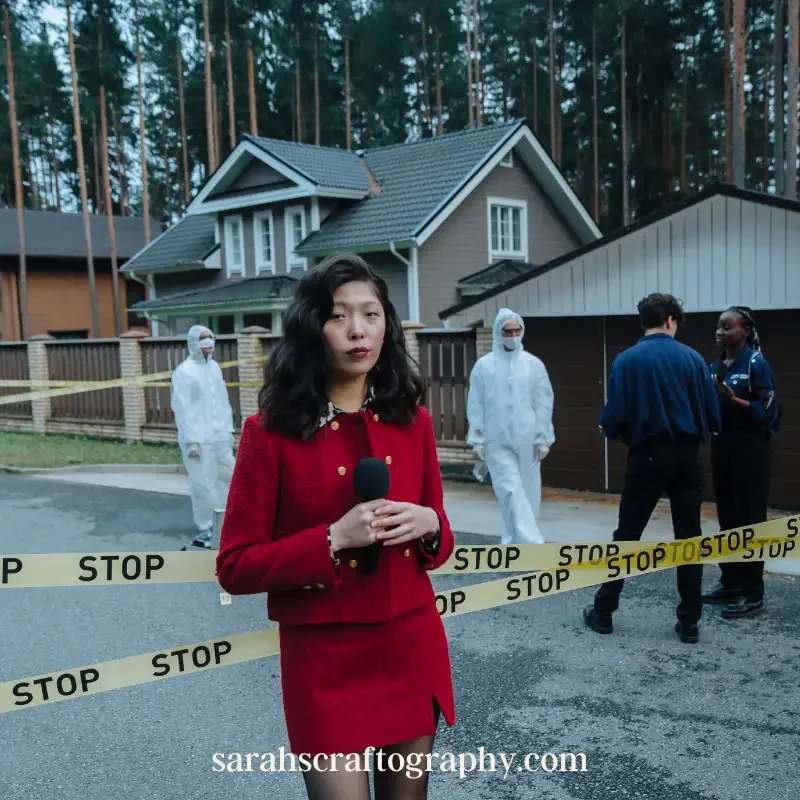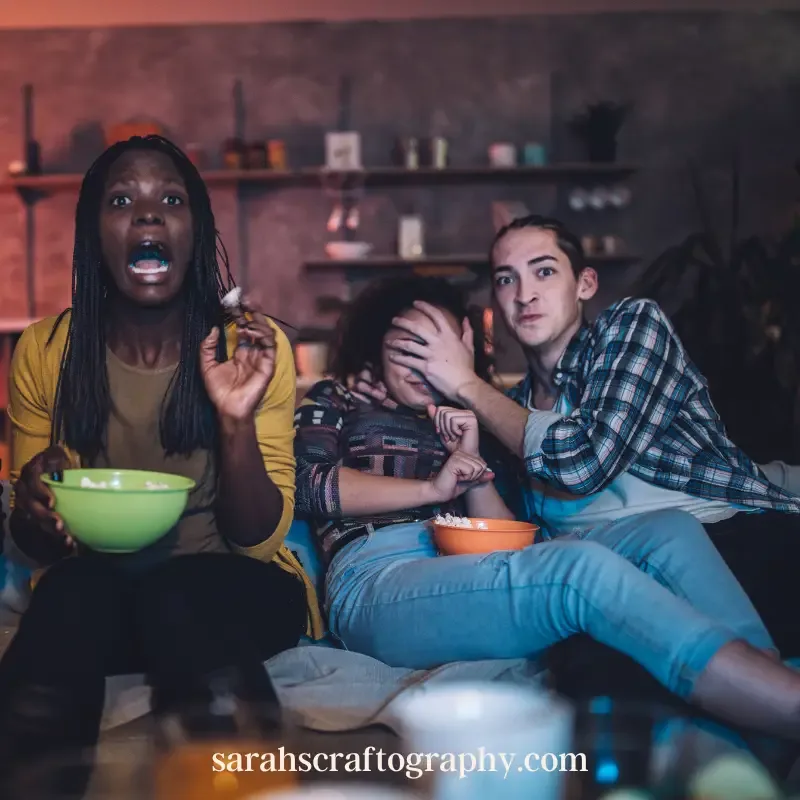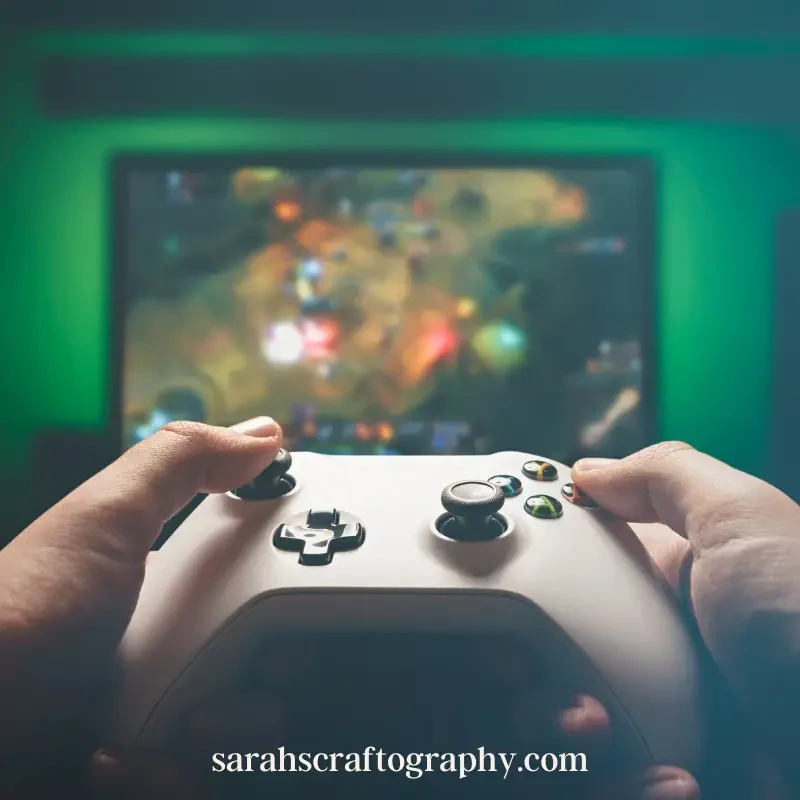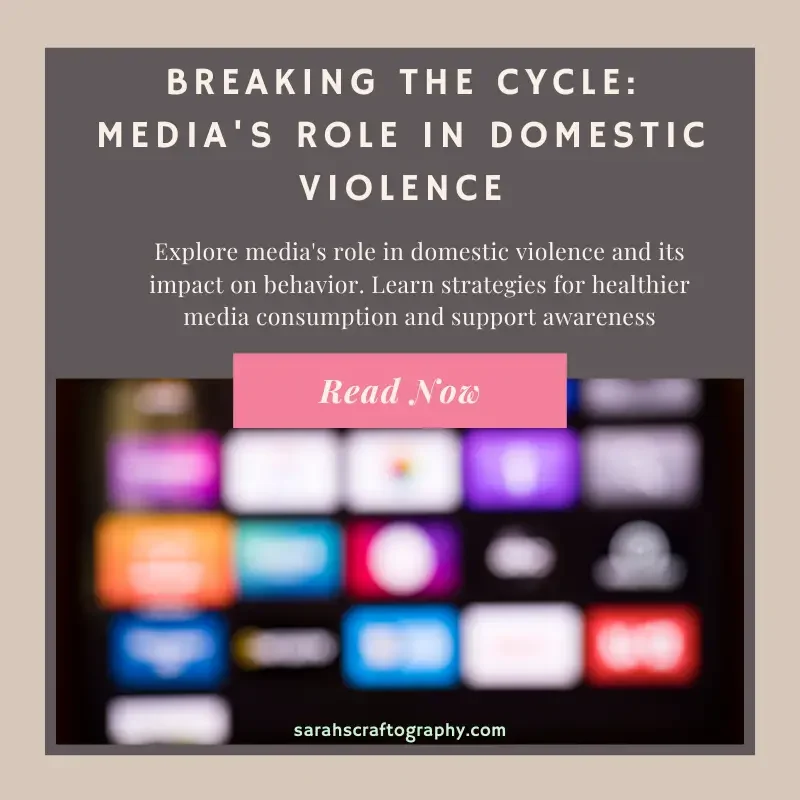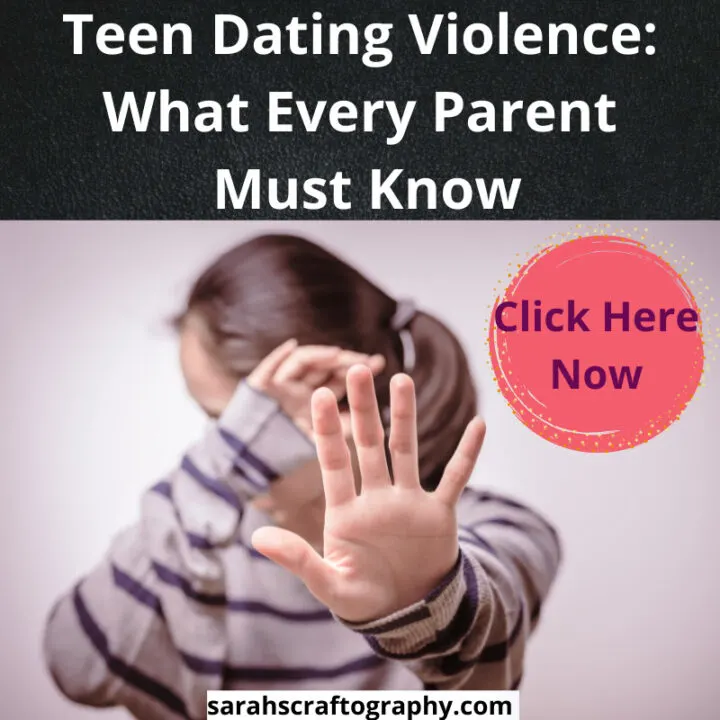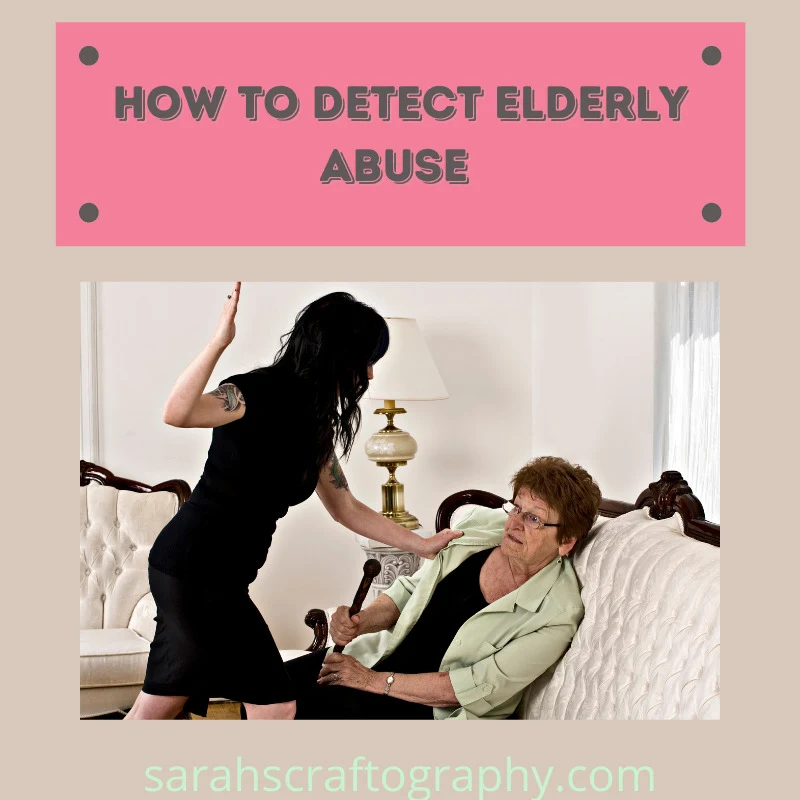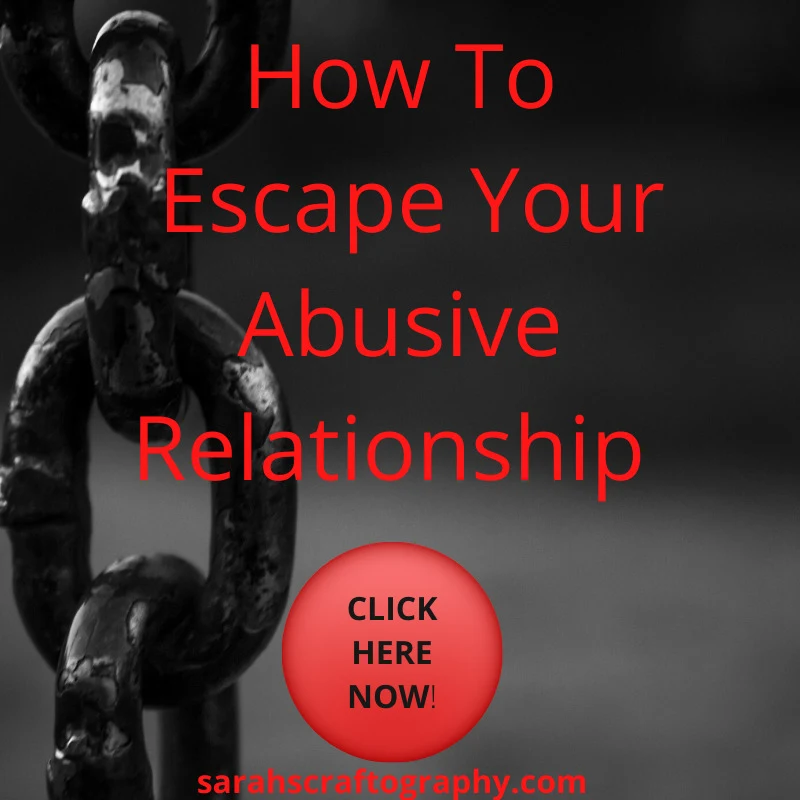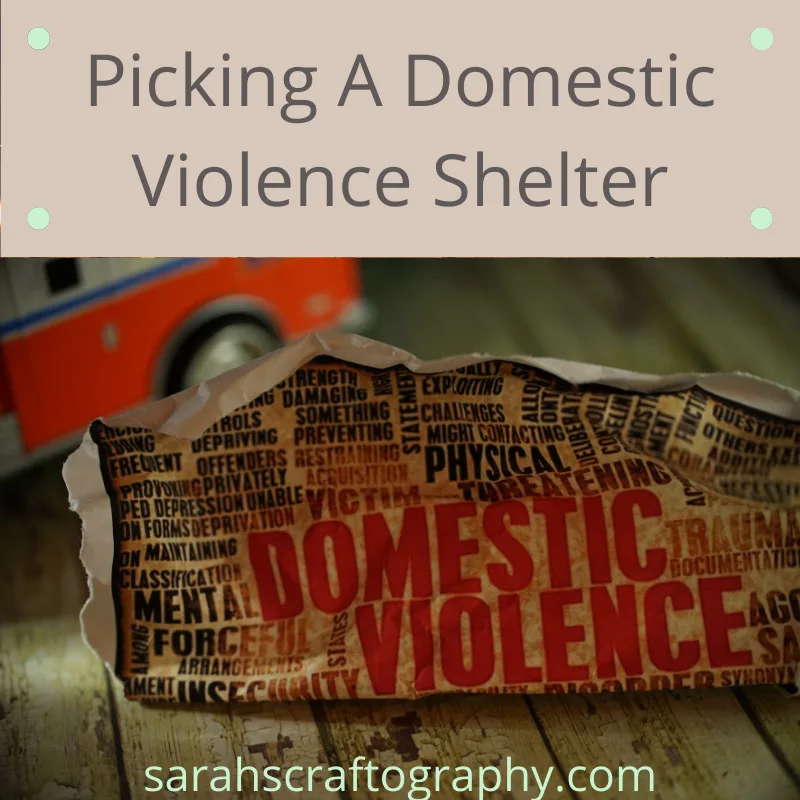Have you ever considered how the media’s role in domestic violence influences our perceptions and responses?
The media is a powerful force in shaping societal norms and attitudes, but how often do we stop to think about the messages it conveys, especially about domestic violence?
Imagine a victim of abuse turning on the TV or scrolling through social media, only to be met with glamorized portrayals of toxic relationships or minimized depictions of abuse.
This can perpetuate harmful stereotypes, normalize violence, and hinder victims’ ability to seek help.
In this post, we’ll delve into how the media portrays domestic violence, the challenges it poses, and the impact on both survivors and society.
By understanding these dynamics, we can begin to challenge and change the narrative, breaking the cycle of violence perpetuated by the media.
Media Influence: Understanding Violence Depictions
The definitions of media violence and aggression are about as clear as mud.
“Violence” can mean different things to different researchers.
Some, like George Gerbner, include any act or threat to injure or kill, even from cartoon characters.
Others, like Guy Paquette and Jacques de Guise, draw the line at cartoon violence, arguing it’s unrealistic.
Aggression is just as tricky to pin down.
Is yelling included?
What about dirty looks?
Some say media violence directly causes aggression, while others see only a loose association.
Then there are those who dismiss any connection outright.
These varying definitions aren’t just academic hair-splitting.
They significantly impact research outcomes.
One study might conclude media violence and aggression are closely linked, while another finds no connection at all.
Recent studies, including a 2023 meta-analysis, continue to highlight a significant association between media violence and aggressive behavior.
However, they also emphasize that aggression is influenced by various factors, and not every aggressive act leads to violence.
The American Psychological Association (APA) notes that while media can influence behavior, it’s not the sole factor, as individual and environmental factors also play critical roles.
The implications for research are vast.
Are video games making kids aggressive?
It depends on who you ask and what kind of “aggressive” we’re talking about.
When studies disagree on such basics, we end up with a mess of conflicting conclusions.
Media’s Role in Domestic Violence: Effects
Let’s look at what we know about media violence turning into real-world behavior.
Short-term effects on aggression are well-documented.
Imagine your teenage cousin snapping at Aunt Carol after playing a violent video game.
It’s more of a knee-jerk reaction, like getting irritable when your coffee’s late.
These moments might seem trivial, but they reflect a broader issue of how exposure to violence can prime aggressive responses.
Long-term effects can be more concerning.
A study found that boys who watched a lot of violent TV were more likely as adults to get into physical altercations.
But it’s not just what you watch; it’s how you interpret it. Kids who thought TV violence was realistic were more likely to grow up aggressive.
Those who saw it as exaggerated or unrealistic?
Not so much.
Relational aggression is another issue.
When kids see TV characters being emotionally cruel, they’re learning how to hurt others without leaving physical marks.
Even cartoons and children’s shows can be culprits, often featuring more violence than adult crime dramas.
This exposure can subtly teach children that aggression is an acceptable way to handle conflicts.
But let’s not panic.
A bit of cartoon violence won’t turn your little angel into a bully.
Media violence is just one ingredient in the recipe of real-world aggression.
What makes a difference? Monitoring what your kids watch and talking about it.
If we can bake a soufflé, we can have a balanced discussion about what’s on screen.
In short, media violence has impacts, but it’s not working alone.
It’s part of a bigger picture, and how that picture turns out depends a lot on how well we adults provide context and understanding.
By being present and engaged, we can help children navigate and interpret the media they consume, mitigating its potential negative effects.
Media Violence: Impact on Mental Health
The impact of media violence on mental health is no joke.
It’s not just about turning kids into little rage monsters; it can affect our emotional well-being too.
Repeated exposure to violent content can lead to anxiety, depression, and even PTSD.
It’s like signing up for an emotional roller coaster nobody asked for.
Think about it: you’re relaxing after a long day, turn on the news, and bam!
There’s another scary headline.
You’re not just snacking anymore; you’re gobbling up a helping of stress.
Studies show that people who consume a lot of trauma-related news end up feeling emotionally roughed up.
The more graphic the content, the higher the emotional toll.
We’re wired to seek information during crises, but sometimes that just makes things worse.
It’s like trying to put out a fire with gasoline.
Take the distress many folks experienced after watching endless coverage of events like the Boston Marathon bombings.
Some people who were glued to social media during these events showed symptoms similar to PTSD.
They weren’t there, but their minds sure thought they were.
And the effects can stick around.
Regular exposure to violent media can build up layers of anxiety and fear.
You might find yourself double-checking locks or jumping at every little noise your house makes.
Depression can also creep in.
Constantly being reminded of the darker side of humanity can make even the cheeriest person feel down.
It’s like mixing the wrong ingredients in a cake recipe—except instead of ruining the flavor, it mutes your joy.
What can we do?
Set boundaries on violent content consumption, step away from the 24-hour news cycle, engage in spirit-lifting activities, and seek professional help if symptoms persist.
Let’s be smart about our media consumption, folks.
The next time you find yourself drawn to that disaster-filled news channel, hit pause.
Your mental health will thank you.
Media’s Role in Domestic Violence Cycle
Let’s talk about how the media keeps us on this merry-go-round of worry and fear, shall we?
Imagine sitting down to watch the evening news, and all you see are stories about shootings, robberies, and political drama.
You start to feel your heart race, maybe even a little anxious.
That’s what experts call the ‘Mean World Syndrome.
George Gerbner came up with this term, explaining how too much exposure to media violence makes us believe the world is scarier than it really is.
Here’s the thing: drama sells.
Ever heard the phrase “If it bleeds, it leads”?
Media outlets know this, so they focus on the worst events to keep us glued to our screens, slowly chipping away at our sense of safety.
It’s like inflating a balloon with anxiety instead of air.
The more graphic the coverage, the bigger that balloon gets until it hovers over everything.
Even simple things like grocery shopping start to feel risky!
But why does this happen?
Drama sells.
Calm, positive stories about rescued kittens don’t get the same attention.
The media often exaggerates tragic stories, making them seem more common than they really are.
It’s like seeing the world through dark, gloomy glasses, even when the sun is shining.
Now, I’m not saying we can blame the media for everything.
Our brains are naturally wired to remember scary stuff—it’s a survival instinct.
But in today’s world, this constant flood of negative news just leaves us feeling frazzled.
This cycle of media violence keeps us anxious, making us more wary of our neighbors and less trusting overall.
It’s like building an invisible wall between us and the world.
Recognizing this is the first step to breaking free.
Let’s be smart about our news consumption.
Turn down the drama dial, just like you’d turn down the oven to avoid burning cookies.
Focus on balanced sources that don’t leave you feeling wrung out.
In the end, it’s all about cleaning up our media diet, just like we tidy our homes.
Boot out the sensational stuff and go for balanced, factual content.
Staying informed doesn’t mean staying scared.
By choosing healthier media, we protect our peace of mind and can explain the world to our kids without the horror stories.
Strategies for Healthier Media Consumption: Media’s Role in Domestic Violence
Time to roll up our sleeves and chat about how to dodge those media violence storm clouds.
Think of it as setting up an emotional umbrella to keep us dry from all that negativity.
Parental Guidance:
Being a parent isn’t always a walk in the park, but keeping an eye on what our kids watch can make a big difference.
It’s not just about sticking to age ratings; it’s about watching together and talking about what they see.
Picture this: a cozy chat over hot cocoa, asking, “How did that scene make you feel?”
It’s not about banning things, but helping them understand and process what they’re seeing.
Media Literacy Education:
Think of this as building a solid foundation.
Schools can help, but we can do a lot at home too.
Teaching kids to tell the difference between fiction and reality, and to question what they see, is like giving them clear glasses to see through the haze of media messages.
Responsible Reporting:
Our media folks have a role to play here too.
They need to keep us informed without sending everyone into a panic.
Imagine fewer dramatic soundtracks and flashy headlines and more calm, straightforward reporting.
We could all use more stories about everyday heroes and fewer about the latest scare, right?
Self-Care for Adults:
We need breaks from media overload too.
It’s okay to unplug now and then.
Swap the nightly news for a good book or a lighthearted movie.
It’s all about choosing joy over constant updates.
Community Programs: Media’s Role in Domestic Violence Prevention
Creating safe spaces where kids can talk about what they see and feel is so important.
It’s like sharing our daily ups and downs – normalizing these conversations helps everyone process better.
By putting these strategies into practice, we can create a healthier media environment for ourselves and our families.
Let’s be mindful of our media consumption and support each other in finding a balance that keeps us informed without overwhelming us.
In the end, it’s all about a balanced diet for our minds.
Just as you wouldn’t feed your family nothing but sugary snacks, we need to be mindful of our media consumption.
With some guidance, education, and responsible reporting, we can better handle the effects of violent media.
Here’s to setting up that mental umbrella and keeping our emotional raincoats handy!
Cheers to sane media habits, friends.
In summary, while media violence does influence behavior and mental health, it’s just one piece of a larger puzzle.
Media’s role in domestic violence and broader societal fears can be significant, but by providing context, having open conversations, and promoting healthy media habits, we can mitigate these impacts.
Let’s aim for a balanced media diet that helps us see the world more clearly and positively.
As we move forward, let’s be more conscious of the media we consume and its potential effects.
Encourage those around you to engage in thoughtful discussions about what they see and hear.
Together, we can foster a healthier media environment and create a more informed, compassionate society.
Remember, staying informed doesn’t mean staying scared—let’s choose content that enriches our lives and uplifts our spirits.
For more on how to support domestic violence survivors, check out my previous posts on choosing a domestic violence shelter and breaking the silence to protect families.
These resources offer additional insights and support for those affected by domestic violence.
Domestic Violence
How To Detect Elderly Abuse
Do you know an elderly person you think maybe experiencing elderly abuse? I have some ways to detect elderly abuse and get help for them.
How To Escape Your Abusive Relationship
Have you ever wondered how make an escape plan? I am a survivor of domestic violence, here's how to escape your abusive relationship.
Picking A Domestic Violence Shelter
Have you wondered if a domestic violence shelter is right for you? Here are some things you need to consider before making that choice.


